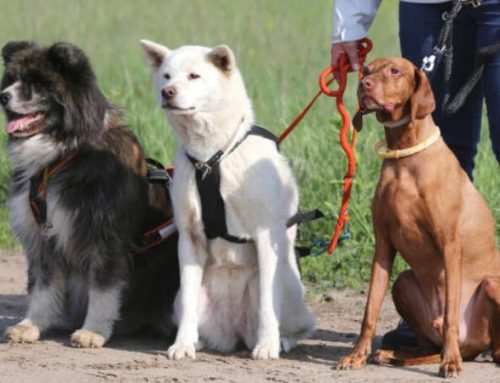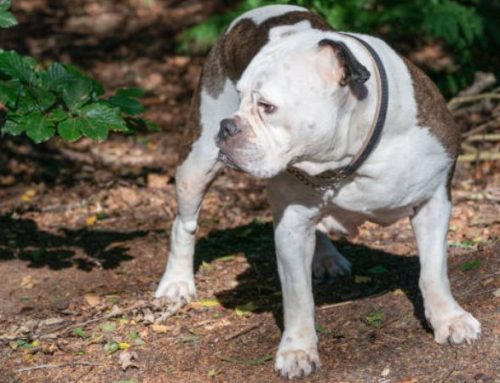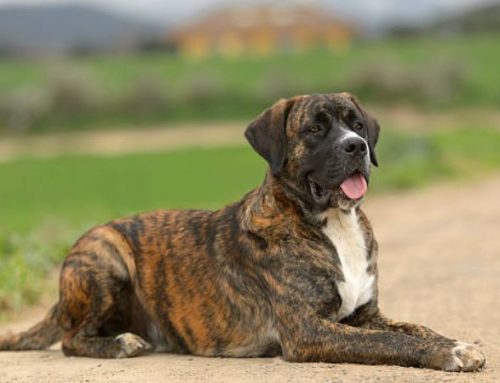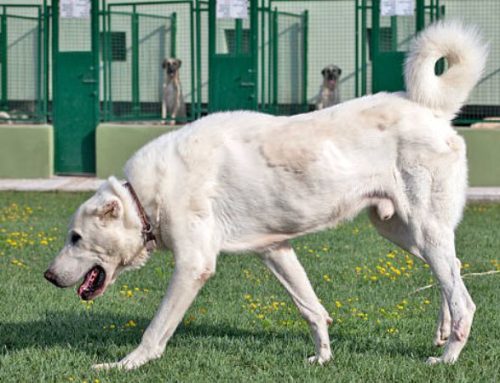Whether you already have a Corgi at home and are wondering if all the shedding is normal, or you’re considering bringing one into your family and want to know what to expect, you’re in the right place. In this article, we’ll explore the truth about Corgi shedding and help you understand just how much fur comes with these lovable dogs.

Why Do Corgis Shed?
Corgis have a distinctive double coat that plays a crucial role in their ability to adapt to different temperatures. Their coat consists of two layers: a coarse outer coat that repels water and dirt, and a dense, soft undercoat that provides insulation against cold weather. This double-layered fur is what makes corgis well-suited for the colder climates of their native Wales, where they were originally bred as herding dogs.
The thick undercoat traps heat to keep them warm in chilly conditions, while the outer coat helps protect them from the elements as they work outdoors. Because of this, corgis naturally shed their undercoat to regulate body temperature throughout the year. Shedding is a healthy, natural process that allows them to remove old, dead fur and make room for new growth.
This seasonal shedding, often called “blowing coat,” happens primarily in spring and autumn when corgis shed their thick undercoat to adjust to warmer or cooler temperatures. Outside of these seasons, corgis will still shed, but usually less heavily, as part of regular coat maintenance to keep their fur healthy and functional.
How Much Do Corgis Shed?
Corgis are considered moderate to heavy shedders, meaning they lose a significant amount of fur on a regular basis. Unlike some breeds that shed minimally or seasonally, corgis shed throughout the year, with fur commonly appearing on your clothes, furniture, and around your home daily. This consistent shedding can be a noticeable part of living with a corgi, especially if you’re not prepared for it.
When compared to other breeds, corgis shed quite a lot. While they may not shed as much as larger breeds like Huskies or Great Pyrenees, who have bigger bodies and even thicker double coats, corgis still rank among the higher shedders relative to their medium size. Their double-layered coat consisting of a coarse outer coat and a dense, plush undercoat causes fur to shed continuously to maintain temperature regulation. As a result, you’ll frequently find loose hair around your home, making regular grooming essential.

Shedding Patterns and Seasons
Corgis have a unique double coat that helps them adapt to different weather conditions, but this also means they shed throughout the year. Understanding their shedding patterns and seasonal changes can help you better prepare to care for your furry friend and keep your home tidy.
Shedding Patterns and Seasons
-
- Corgis shed year-round due to their thick double coat.
- However, there are two main times each year when shedding increases dramatically, known as “blowing their coat.”
- Spring:
- Corgis shed their heavy winter coat to get ready for warmer weather.
- This helps them stay cooler during the summer months.
- Autumn:
- They grow a thicker coat to protect against colder temperatures.
- Increased shedding happens as old fur is replaced by the new, warmer coat.
- The “blowout” period typically lasts 2 to 4 weeks.
- During this time, expect a noticeable amount of loose fur around your home.
It’s important to brush your corgi more frequently during these seasonal transitions to manage shedding and maintain a healthy coat.
Factors That Influence Shedding in Corgis
Several factors can impact how much a corgi sheds beyond their natural seasonal patterns:
Weather and Seasonal Changes
Corgis have a double coat designed to help them adapt to temperature fluctuations. As the seasons shift—especially during spring and autumn—they shed more heavily to either shed their winter undercoat or grow a thicker one for cold weather. These seasonal changes are the primary drivers of increased shedding.
Diet Quality and Nutrition
A balanced diet rich in essential nutrients, particularly omega-3 and omega-6 fatty acids, plays a vital role in maintaining a healthy skin and coat. Poor nutrition can lead to dry skin and dull fur, causing more excessive shedding. Ensuring your corgi gets high-quality food and, if needed, supplements can help minimize unwanted fur loss.
Stress and Environmental Factors
Just like people, dogs can experience stress that affects their health, including their coat condition. Changes such as moving to a new home, loud noises, new family members or pets, or separation anxiety can increase shedding. Managing stress through stable routines and veterinary advice can help keep shedding at a normal level.
Hormonal Changes
Hormonal fluctuations related to heat cycles, pregnancy, or the effects of spaying and neutering can temporarily increase shedding. These changes impact the dog’s skin and hair growth cycles. While usually temporary, persistent or extreme shedding linked to hormones should be checked by a veterinarian to rule out underlying health issues.

When to Be Concerned About Excessive Shedding
While shedding is a normal part of a corgi’s life, there are times when it can signal an underlying health problem. You should be concerned if you notice signs such as patchy fur loss, redness, or irritated skin. These symptoms often indicate that your dog is experiencing more than just typical shedding.
Common causes of excessive shedding include allergies, parasites like fleas or mites, and nutritional deficiencies. Allergies can cause itching and inflammation, leading to fur falling out in clumps. Parasites not only irritate the skin but can also result in hair loss and infections if left untreated. Additionally, an unbalanced diet lacking essential nutrients can weaken the coat and increase shedding.
If your corgi’s shedding is accompanied by these signs or seems unusually heavy and persistent, it’s important to consult a veterinarian. A professional can diagnose any underlying issues and recommend appropriate treatments to restore your dog’s skin and coat health.
The takeaway is clear: if you’re a Corgi owner or considering becoming one, you need to be prepared for the shedding. It’s a reality of life with these adorable dogs. But with a solid grooming routine in place, you can conquer the Corgi hair and spend more time playing fetch and less time vacuuming.






